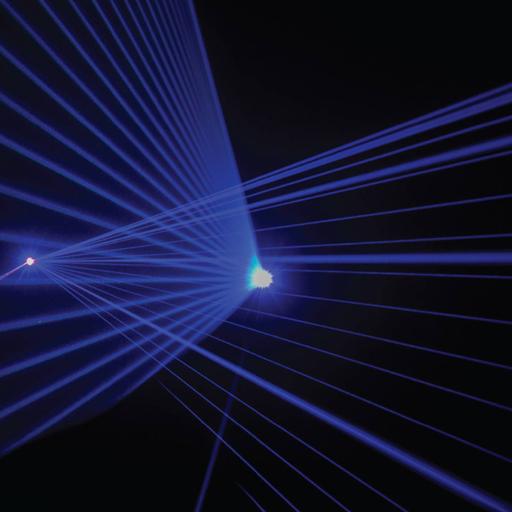Medical Application of Laser
Presentations | English
Soon after the invention of laser in 1960, scientists started exploring the possibilities of using them for medical applications. Lasers were first used for medical applications in 1961 for treatment of skin discoloration and detached retinas. Presently lasers are being widely used for numerous medical applications. These include surgery, ophthalmology, dermatology, angioplasty, cancer treatment, urology, cosmetic applications such as laser hair removal, tattoo removal and liposuction etc. Some of these important applications are discussed here in brief. When laser radiation falls on human tissues, different phenomenon may take place like reflection, transmission, scattering, re-emission and absorption. It is the absorption phenomenon, which is most important. The main laser absorbing components in tissues are: Oxyhemoglobin (in blood): the blood's oxygen carrying protein, absorption of UV and blue and green light. Lasers for selective absorption include excimer, argon, KTP, Dye and Ruby. Melanin: a pigment in skin, hair, moles, etc: absorption in visible and near IR light (400nm - 1000nm). Lasers for selective absorption in melanin include Diode and Nd. YAG Water (in tissues): transparent to visible light but strong absorption of UV light below 300nm and IR over 1300nm. Lasers for selective absorption in water molecules in tissues include Ho: YAG, Er: YAG and CO2. Laser light interacts with the tissue and transfers the energy of photons to tissues because of absorption. Laser heating of tissues above 50°C but below 100°C induces disordering of proteins and other bio-molecules. This process is known as photocoagulation. When lasers are used for photocoagulation during surgery, the tissues shrink in mass because water is expelled at these temperatures. The heated region changes its color and loses its mechanical integrity. Cells in the photocoagulated region die and the tissue is a dead one and can be pulled or removed. The process of laser-induced photocoagulation can be used to destroy tumors, to treat various eye conditions like retinal disorders caused by diabetes, bloodless incision or excision in laser surgery. When very high laser power densities are used, lasers quickly heat the tissues beyond 100°C resulting in boiling and evaporation of water in the tissues. Since 70% of the body tissue is water, the boiling change the tissue into a gas. This phenomenon is called photo-vaporization. Photo-vaporization results in complete removal of the tissue thus making the process suitable for skin rejuvenation, resurfacing and of course bloodless incision or excision in laser surgery.

10.00
Lumens
PPTX (40 Slides)
Medical Application of Laser
Presentations | English
